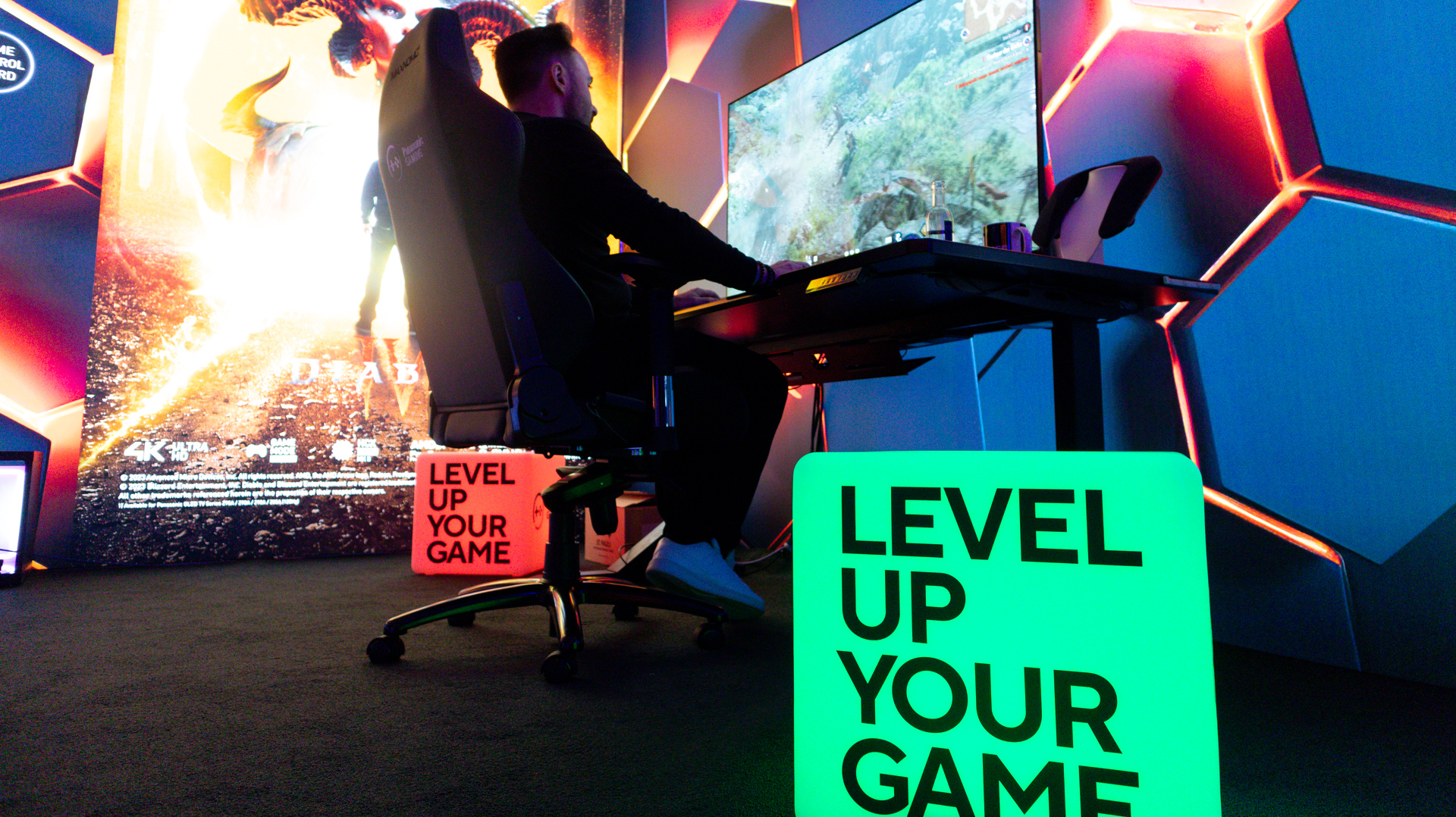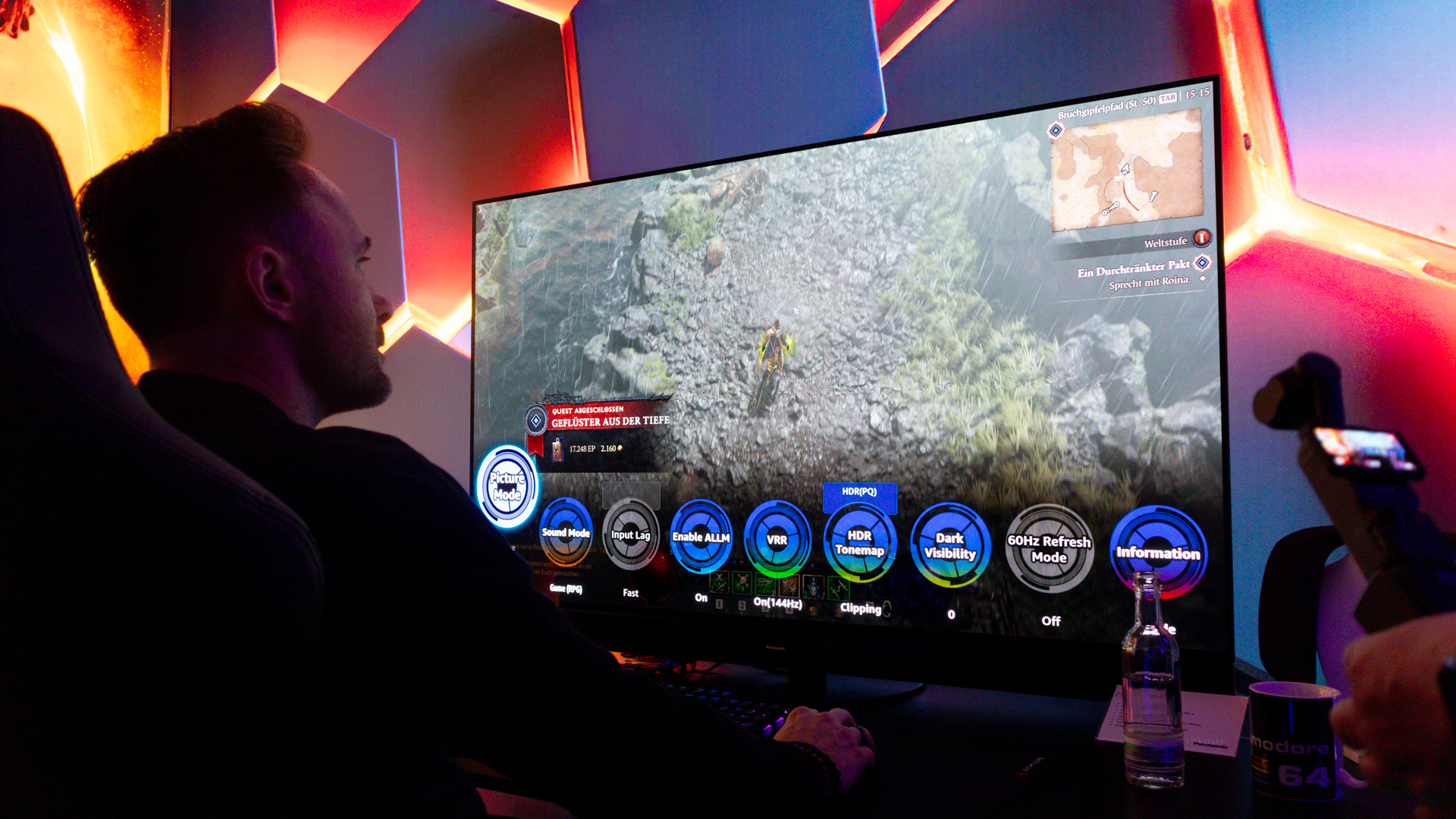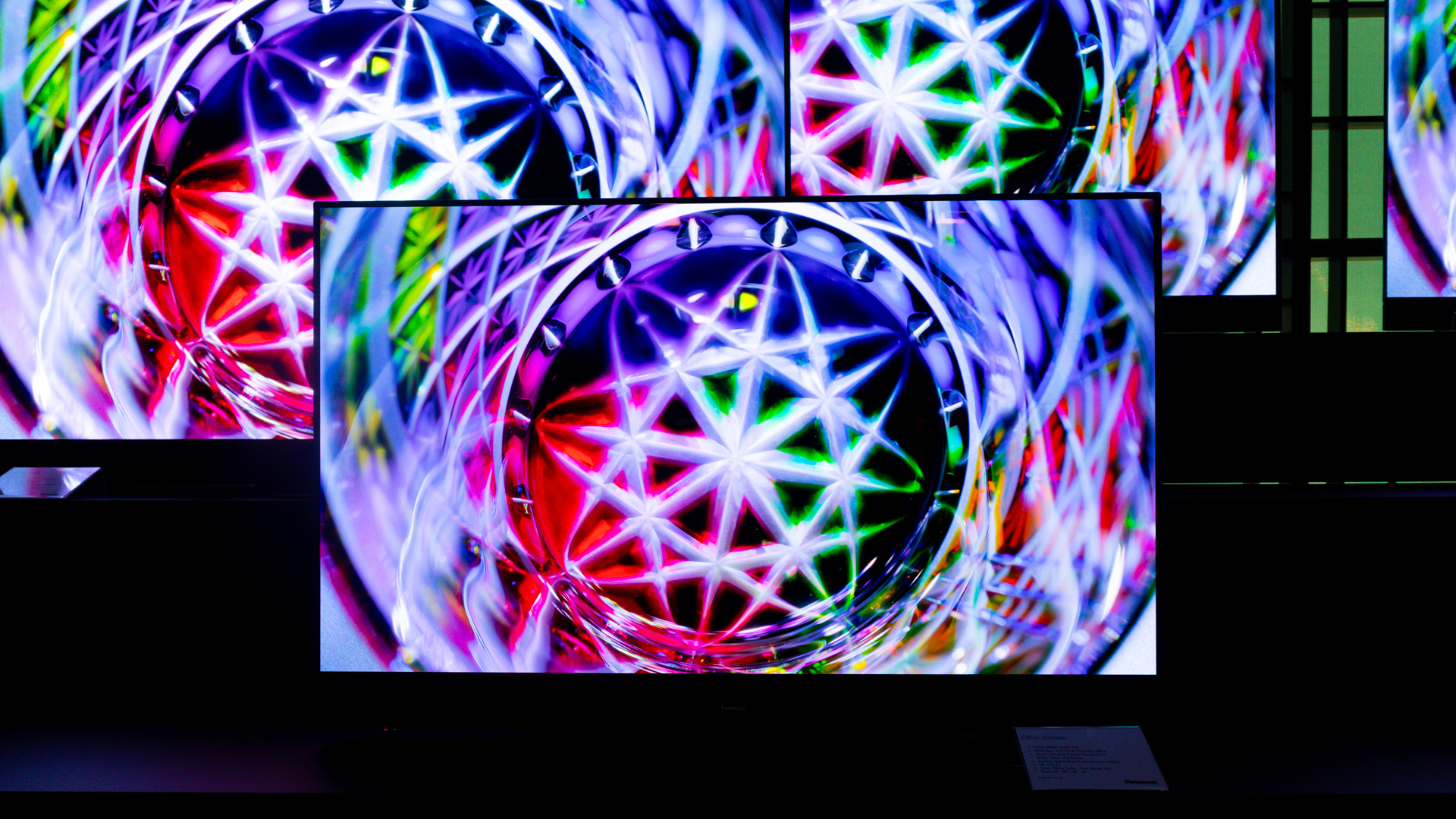
When I think of Panasonic and its OLED TVs, I think high-end, I think home cinema, I think accurate movie reproduction. Indeed, the tech brand prides itself on reference grade visuals and has often extolled them above almost all else.
And, for the most part, it has the heritage to back it up – after all, many movie makers readily admit that they use Panasonic TVs in post-production.
But the company's latest TV Experience event in Dusseldorf, Germany, where it announced its latest models for the year, felt different. I attended and encountered a Panasonic that has seemingly set its sights on another battleground, one that the industry as a whole is also peering at with eager eyes – gaming.
The Japanese manufacturer gave a hint to an expanded strategy last year, announcing a partnership with Activision Blizzard and, in particular, Diablo IV, but has taken more pronounced and significant strides in the area this time around. It seems to be going whole hog when it comes to gaming in 2024, and I heartily approve.

While announcing several new OLED TVs for release in the coming months, the brand spoke less about cinematic prowess and more about the integration of new gaming technologies. And why not? When combined with its trademark and critically-revered picture knowhow, they result in a lineup that takes big screen gaming to a whole new level.
In addition to 120Hz support for PS5, Xbox Series X/S and prospective future consoles, most of the new models sport 144Hz refresh rates, making them very capable gaming monitors for PC rig owners. Add Panasonic's proprietary HCX Pro AI Mk II processing, a myriad of different game modes and options, and the ability to go up to 77-inches with the Panasonic Z93A OLED, and you have something that would catch the attention of even the most die-hard PC gamer.
They may never have considered a humble TV as a monitor replacement before, but then they haven't seen the Panasonic Z90A, Z93A, nor Z95A yet.
The Master OLED Pro panel used in the Z90A is quite simply jaw-dropping for black levels and colour accuracy, while the Master OLED Ultimate screen in used by the flagships is about as good as they come – look up "chef's kiss" in the dictionary and it's probably in the description.
Even the more affordable Z80A, with its standard OLED panel and 120Hz maximum refresh rate looks to be a tasty set for a gameplay session, promising low latency and the same swathe of game mode features that ensures your games look as good as they play.

It all makes for an exciting time for gamers across multiple formats.
Certainly, I've been using an OLED TV for gaming for more than a decade (having swapped models in that time), so already wax lyrical about the benefits whenever I can, but it seems even I should start to think about upgrading again soon.
Thankfully, I won't be spoiled for choice as plenty of other manufacturers will follow suit this year, introducing their own top-level gaming capabilities with the latest TV ranges. But Panasonic does seem to have a head start on this showing, so the ball is very much now in the courts of the likes of LG, Samsung, Sony and Philips.
Game on!







